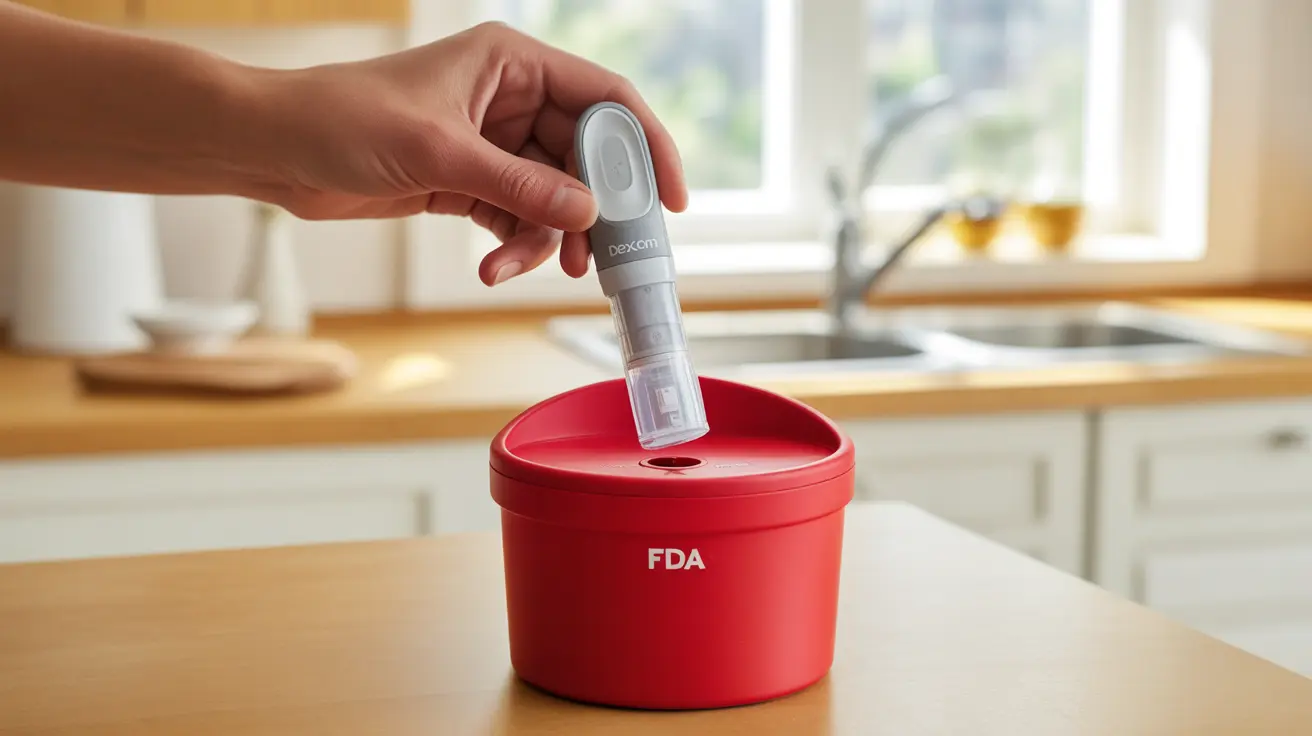When it comes to long-term birth control, intrauterine devices (IUDs) are among the most effective options available. However, these devices don't last forever, and understanding when and how to replace your IUD is crucial for maintaining continuous contraceptive protection. This comprehensive guide will walk you through everything you need to know about IUD replacement.
Whether you have a hormonal or copper IUD, proper timing and preparation for replacement are essential aspects of your reproductive healthcare journey. Let's explore the key factors involved in IUD replacement, what to expect during the procedure, and how to ensure a smooth transition to your new device.
Understanding IUD Replacement Timing
The timing of your IUD replacement depends primarily on the type of IUD you currently have:
- Hormonal IUDs: 3-7 years, depending on the specific brand
- Copper IUDs: Up to 10-12 years
- Emergency replacement may be needed if complications arise
Your healthcare provider will help you track your IUD's expiration date and schedule a replacement appointment at the appropriate time. It's important not to delay replacement beyond the recommended timeframe to maintain effective contraception.
Preparing for Your Replacement Appointment
Before your IUD replacement procedure, there are several important steps to consider:
- Schedule the appointment during a non-menstrual period if possible
- Take over-the-counter pain medication about an hour before the procedure
- Arrange for transportation home after the appointment
- Bring a sanitary pad for potential spotting
- Inform your provider about any changes in your health history
The Replacement Procedure
Removing the Old IUD
The removal process typically takes just a few minutes. Your healthcare provider will:
- Perform a pelvic exam to locate the IUD strings
- Use specialized instruments to grasp the strings
- Gently remove the old IUD through the cervix
Inserting the New IUD
After removal, your provider will proceed with inserting the new IUD:
- Clean and prepare the cervix
- Measure the uterus depth
- Insert the new IUD using a specialized applicator
- Trim the strings to an appropriate length
Post-Replacement Care and Recovery
Following your IUD replacement, you may experience some temporary effects:
- Mild to moderate cramping
- Light bleeding or spotting
- Temporary discomfort during physical activity
Most people can return to normal activities immediately, but it's recommended to avoid tampons and sexual activity for a few days after the procedure.
Follow-Up and Monitoring
Your healthcare provider will typically schedule a follow-up appointment 4-6 weeks after replacement to:
- Check the IUD's position
- Ensure proper healing
- Address any concerns or side effects
- Verify string visibility and length
Frequently Asked Questions
1. When should I replace my intrauterine device (IUD) and what factors affect the timing? Your IUD should be replaced based on its type: hormonal IUDs last 3-7 years, while copper IUDs can last 10-12 years. Factors affecting timing include the specific brand, your health status, and any complications that might necessitate early replacement.
2. What should I expect during an IUD replacement appointment, including preparation and the procedure itself? The appointment typically takes 15-30 minutes. You'll undergo a pelvic exam, removal of the old IUD, and insertion of the new one. Prepare by taking pain medication beforehand and wearing comfortable clothing.
3. How is the old IUD removed and how is the new one inserted safely during replacement? The old IUD is removed by gently pulling on the strings with specialized instruments. The new IUD is inserted using a sterile applicator after measuring your uterus. The entire process is typically quick and performed under careful medical supervision.
4. What are common side effects or discomforts after IUD replacement and how can I manage them? Common side effects include cramping, spotting, and mild discomfort. These can be managed with over-the-counter pain medication, rest, and heating pads. Most symptoms resolve within a few days to weeks.
5. How do healthcare providers ensure the new IUD is correctly positioned after insertion? Providers verify proper placement through a physical exam, checking string length, and sometimes using ultrasound imaging. A follow-up appointment 4-6 weeks later confirms the IUD remains correctly positioned.




